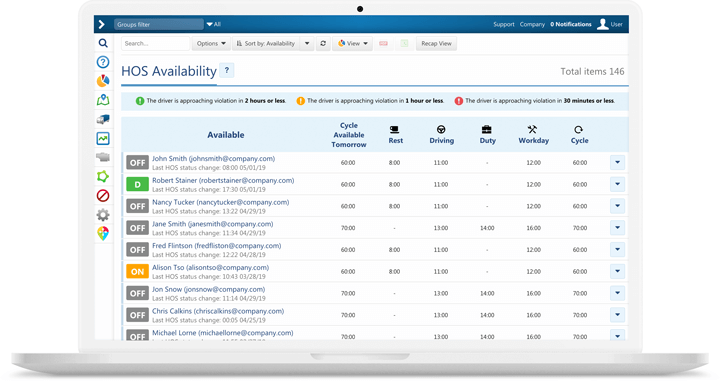
Building on this is failover or redundancy in the event that you lose a network link. Most capital city based organisations will have ample bandwidth but don’t forget the teams in the regional sites! If you’ve recently delivered any kind of video conferencing software, such as that of Zoom, you will likely have plenty of bandwidth but worth a check. They often don’t come with the overheads that traditional Tier 1 vendors do, offering innovative approaches and a “keen to impress” attitude.Įvaluating performance requirements based on your current network bandwidth is important at this stage but should not preclude a decision. Writing from experience, Tier 2 are often very hungry and keen to solve challenges by being close to customers. Rather than just looking at Tier 1 vendors, look at Tier 2.

Let’s say you need an Enterprise Asset Management system. Rather than looking at vendors that are just leaders in the Gartner magic quadrant and have been for a long time, it’s also important to look at other businesses in your industry and the tools they are using. Once you’ve worked through a high level plan, explore the market for vendors. What do your customers want and why? Having many data points on your customers delivers great value at this stage of analysis. Explore the industry locally and internationally and getting closer to your customers. It’s important to look at your business today and where your business needs to be in 12, 24 and 36 months. Perhaps the license model is a “set and forget” or only a true up on licence increases, not decreases. Then the ongoing skills training and in some cases accreditation to support these applications. Not just infrastructure but the associated software, hardware and labour that sits around the product. If you’re still running a fully on-premise or largely on-premise setup for your enterprise software, costs can be notoriously high for this model. What are the key considerations when considering a move to the cloud for your core systems? How do you get started though and what should you look out for? Achieving this can be done more easily with cloud based software or, SaaS.

To do this means having software in your organisation that adapts to focus on placing your customer front and center like many industries haven’t experienced before. Coupled with the recent global events requiring many teams to work from home, the cloud really has become front of mind for accessing information and uniting distributed teams. The time is now for keeping up with the new wave of competitors that have low barriers to entry into the market, with low overheads powered by hungry forward thinkers. The business landscape is moving at an unprecedented rate with disrupters entering your market who will become competitors.


 0 kommentar(er)
0 kommentar(er)
